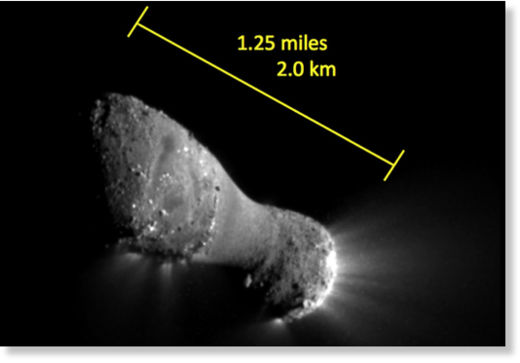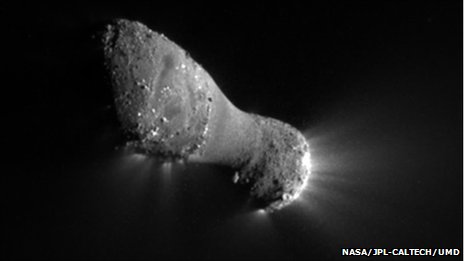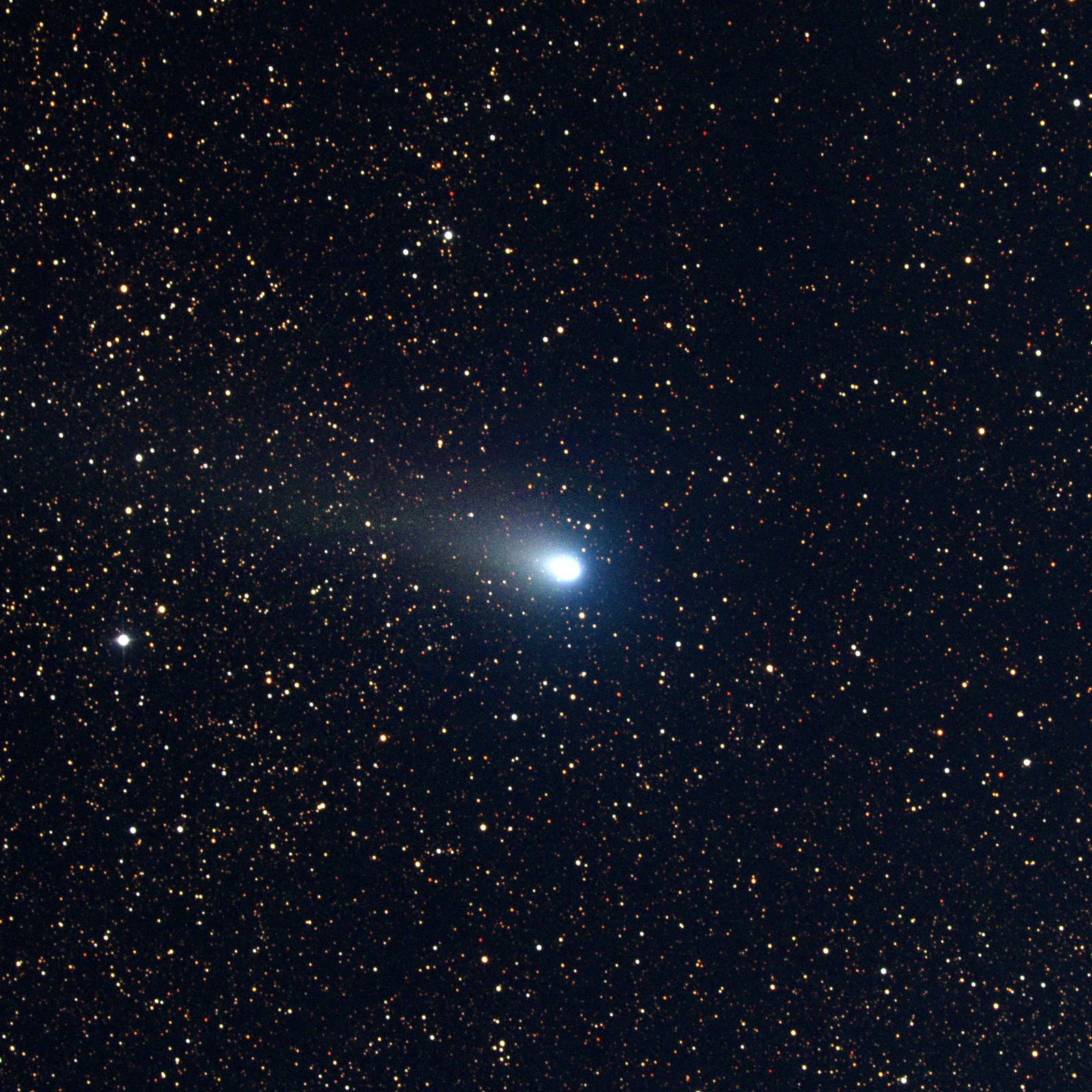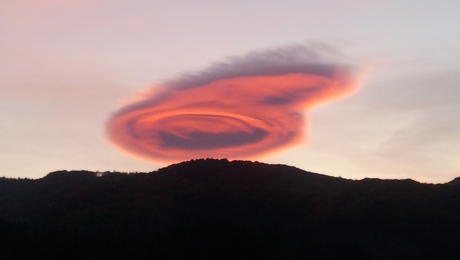
On 12th and 13th August 1883, an astronomer at a small observatory in Zacatecas in Mexico made an extraordinary observation. José Bonilla counted some 450 objects, each surrounded by a kind of mist, passing across the face of the Sun.
Bonilla published his account of this event in a French journal called L'Astronomie in 1886. Unable to account for the phenomenon, the editor of the journal suggested, rather incredulously, that it must have been caused by birds, insects or dust passing front of the Bonilla's telescope. (Since then, others have adopted Bonilla's observations as the first evidence of UFOs.)
Today, Hector Manterola at the National Autonomous University of Mexico in Mexico City, and a couple of pals, give a different interpretation. They think that Bonilla must have been seeing fragments of a comet that had recently broken up. This explains the 'misty' appearance of the pieces and why they were so close together.
But there's much more that Manterola and co have deduced. They point out that nobody else on the planet seems to have seen this comet passing in front of the Sun, even though the nearest observatories in those days were just a few hundred kilometres away.












Comment: Also, the reader may be interested in Was the "First Photographed UFO" a Comet? and Comet Biela and Mrs. O'Leary's Cow